Bengali People: Culture, Dialects, and More
The Bengalis are one of the largest ethnic groups in South Asia and also in the world. So who are the Bengali people and where are they from? Let me walk you through a little bit about this fascinating group of people and their cultures.
Table of contents
Where Are the Bengalis?
The country with the largest number of Bengalis is Bangladesh. So are all Bangladeshis Bengali, and are all Bengalis Bangladeshi? Not quite!
The Bengalis originated from the Bengal region of South Asia. For a large part of history, this was one unified region. However, after Britain’s partition of India in 1947, Bengal became divided into two parts: West Bengal in India and East Bengal in Pakistan. After several tumultuous decades, East Bengal gained independence and became Bangladesh in 1971.
Why was Bengal divided like this? Britain decided to separate the two based on religious lines: Muslim Pakistan (including modern-day Bangladesh) and Hindu India. Nevertheless, this method caused one of the largest human migrations in history. Widespread violence also caused one of the largest refugee crises in history.
Demographics in Bangladesh
Today, Bangladesh is home to about 165 million people.
Bengalis are estimated to make up 98% of the population, but this is contested by ethnic minorities. There are at least 50 non-Bengali ethnic groups in Bangladesh! While the 2022 census counted only about 1,650,000 people from ethnic communities, indigenous rights activists say that this number should be at least double – a whopping 3 million or more non-Bengalis!
Bangladesh is also hosting about 1 million Rohingya refugees, making it one of the countries with the largest numbers of refugees in the world. Therefore, not all Bangladeshis are Bengalis, but there certainly are a lot of them!
I lived in Chittagong, the second-largest city and close to many indigenous communities, for almost two years. During that time, I met a lot of Bangladeshis from non-Bengali heritage, such as Chakma, Marma, Tripuri, Garo, and Rohingya. Many of them share histories and cultures connected to ethnic groups in neighboring countries, such as Myanmar and India.
A common trait of Bengalis in Bangladesh is their religion. About 91% of the population of Bangladesh is Muslim. About 8% are Hindu, and the rest are mostly Buddhist or Christian.
Demographics in West Bengal (India)
As of 2011 (the last census), the population of West Bengal was over 91 million. However, this is believed to be over 100 million nowadays. This massive population makes West Bengal one of the most populous states in India.
Although it is home to a Bengali majority, domestic migration has brought large numbers of non-Bengalis to many parts of West Bengal. There is also significant international migration to West Bengal. For example, you can find India’s only Chinatown in Kolkata, the state’s capital!
The same census found that only about 86% of people in West Bengal speak Bengali, the language of the Bengal region. In fact, West Bengal is home to 12 different official languages! About 5% of people statewide speak Hindi, but this was recorded as high as 22% in Kolkata.
Other West Bengali residents speak the minority language Santali, Urdu, Nepali, or another language.
About 70% of West Bengal residents are Hindu, which is significantly lower than the residents of Bangladesh. Despite the historic partition of India, approximately 27% of people in West Bengal are Muslim. Less than 1% are Christian, Buddhist, or other religions.
Bengalis Outside of Bengal
The Bengal region is not the only home to the Bengalis. While it is difficult to find aggregate numbers for the entire Bengali diaspora, there are an estimated 13 million people from Bangladesh alone living abroad.
There are well-established Bengali communities throughout the Middle East, Pakistan, the United Kingdom, the United States, Malaysia, Singapore, and many other countries.
What is Bengali Culture Like?
Despite belonging to two different countries, there are some aspects of Bengali culture that bring them all together.
Bengali Festivals and Holidays
Most holidays Bengalis celebrate are connected to their religion.
Holidays are one such aspect of culture. Bengalis everywhere will celebrate Pohela Boishakh (পহেলা বৈশাখ), also known as the Bengali new year. Pohela Boishakh marks the arrival of summer in April–often the hottest month in Bengal.
Bengalis will celebrate with music and dancing, vibrant traditional clothing, and parades. If you meet a Bengali during this time, don’t forget to wish them শুভ নববর্ষ (shubho noboborsho, “Happy new year”)!
Another major Bengali holiday is Pohela Falgun (পহেলা ফাল্গুন), which marks the beginning of spring on the Bengali calendar. Pohela Falgun is celebrated in mid-February, coinciding with Valentine’s Day. Dhaka University students popularized this festival in the 1990s, and today it is incredibly popular with the younger generations, especially in Bangladesh.
Bengalis will dress up in yellow, orange, and red clothing to celebrate the coming of spring.
Bengali Clothing
Clothing is another part of culture that Bengalis share.
Women will often wear saris (or শাড়ি shari in Bengali), long pieces of fabric that they will wrap around their bodies, pleat at the waist, and drape over the shoulder.
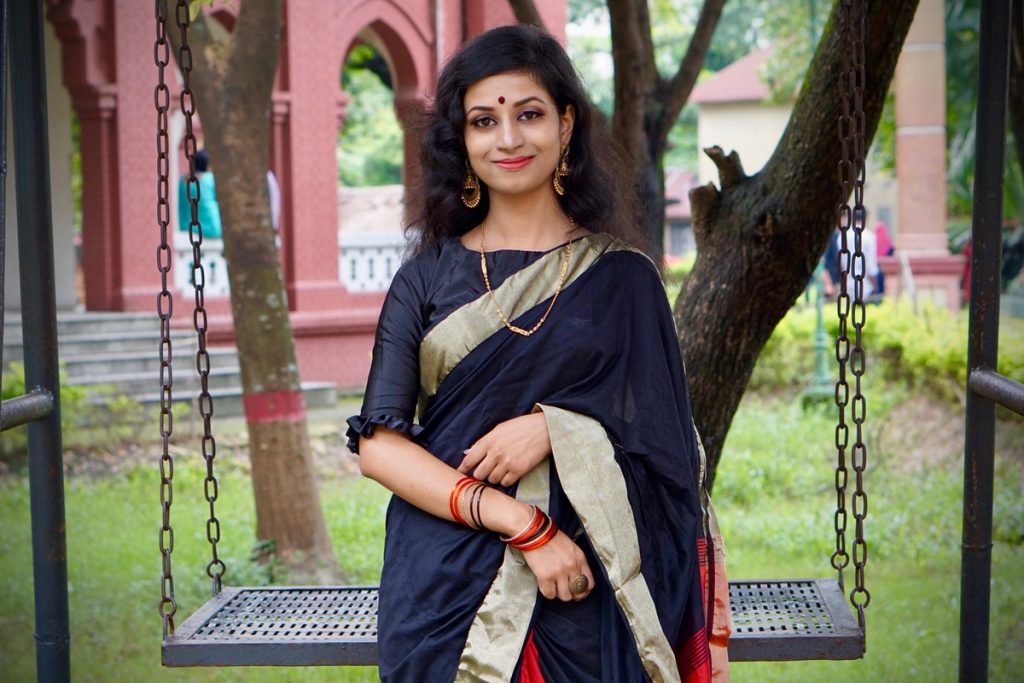
Young women and girls in particular wear salwar kameez (salwar kamij, সালোয়ার-কামিজ), which is a popular outfit in many other parts of South Asia and the Middle East. This consists of a long shirt (kamij), loose trousers (salwar), and usually a long shawl called an orna (ওড়না) in Bengali.
Bengali men will often wear a modified version of a kameez called a kurta (কুর্তা). Women also wear kurta. The male salwar kameez is usually referred to a Punjabi suit in the Bengali region.
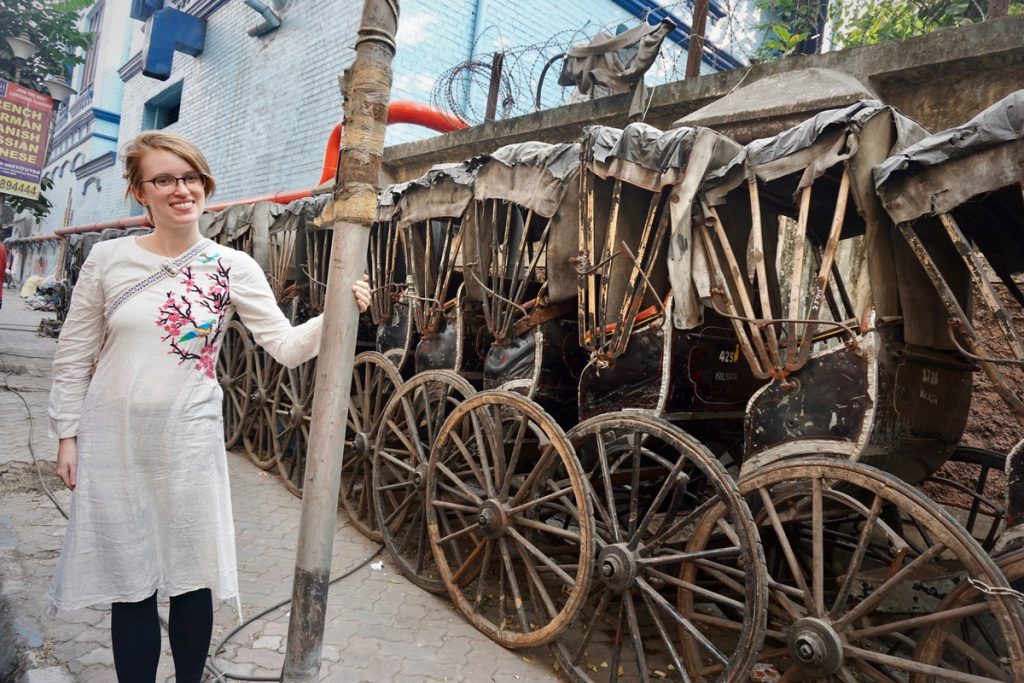
Due to the hot climate, working-class men will often wear a lungi (লুঙ্গি), a loose-fitting sarong tied at the waist. Men from all classes may also wear this when lounging at home.
Although in many other countries, sarongs are women’s attire, in Bengal they are strictly only for men. I bought a couple to wear at home because they are so comfortable and entertained more than one Bangladeshi when I went out briefly to the corner store without changing.
What a sight it must have been to see a foreign woman wearing men’s clothing!
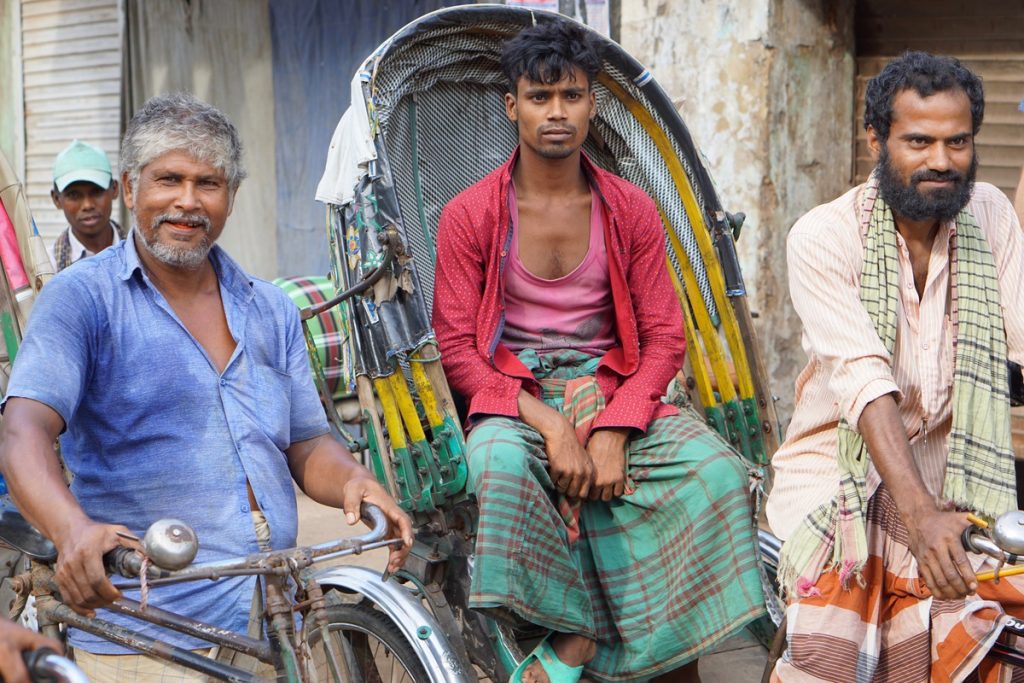
As mentioned, Bengalis of any nationality and religion may choose to wear these traditional outfits. However, Muslim Bengalis often wear Islamic clothing shared by other Muslim communities around the world.
Nevertheless, there is no prescribed clothing for Muslim Bengalis–some wear burkas, some wear hijabs, some wear ornas, and some don’t wear any at all.
Bengali Food
Bengali cuisine has centuries of history.
Due to the rich network of waterways and coastline, fish is the core protein of a Bengali diet. The staple is also rice, which is long-grained, white, and boiled.
Since beef is prohibited in Hindu diets and pork is prohibited in Muslim diets, chicken and vegetarian dishes are also popular. Bengali people eat with their right hand.
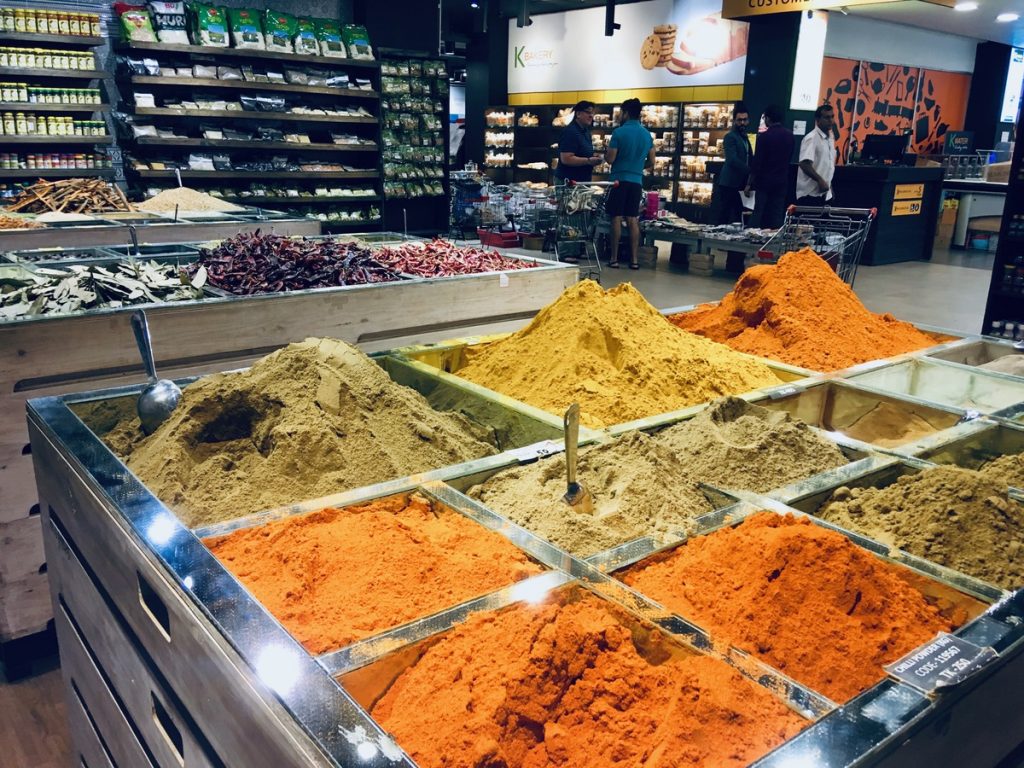
Dishes are often flavored with mustard oil, ghee, yogurt, onions, cardamom, ground coriander, turmeric, ginger, chili, and other spices.
Popular main courses include fried fish, curries, biriyani (বিরিয়ানি, spiced rice brought from Persian/Arabic influence), khichuri (খিচুড়ি, rice boiled with vegetables, spices, and lentils), and bhorta (ভর্তা, mashed fish or vegetables).
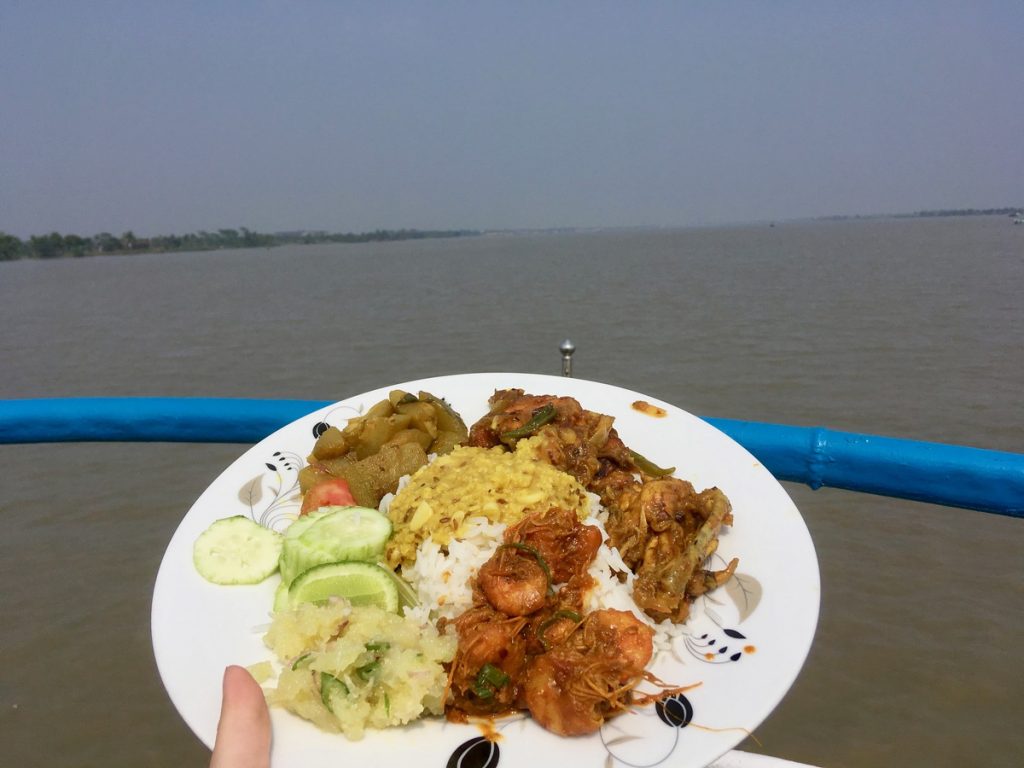
Tea (চা, cha) is also integral to Bengali culture. You can find a tea stand on nearly any town corner. It is often prepared black with sugar, ginger, or condensed milk. At home, people will often use fresh milk and sometimes other spices, such as cardamom.
People will often gather at these tea stalls for আড্ডা (adda), a Bengali word meaning “socializing over tea and snacks.”
What Do Bengalis Speak?
Bengalis in India and Bangladesh speak Bengali (also known as “Bangla”), one of the most spoken languages in the world.
However, you will notice some dialectal differences between Bengali as spoken in Bangladesh compared to India!
While there are more than two dialects, I’ll focus on the two most commonly encountered dialects: East Bengali (common in most of Bangladesh) and West Bengali (as spoken in Kolkata).
Vocabulary Differences in Bengali
Many vocabulary differences between Bengali dialects stem from religion, while others are just geographical.
For example, languages such as Arabic and Urdu influenced Bengali spoken by Muslims. Therefore, vocabulary from other Islamic regions is particularly prominent in Bangladesh.
Common vocabulary differences include:
- “water” – পানি (pani) in Bangladesh, জল (jol) in West Bengal
- “salt” – লবণ / (lobon) in Bangladesh, নুন (nun) in West Bengal
- “bathing” – গোসল (goshol) in Bangladesh, স্নান (snan) in West Bengal
- “twenty” – বিশ (bish) in Bangladesh, কুড়ি (kuri) in India
- “together,” সাথে (shathe) in Bangladesh, সঙ্গে (shonge) in West Bengal (although you will probably hear both!)
Fun fact: Kolkata Bengali nasalizes words more than Bangladeshi Bengali does. Therefore, while you will probably learn words such as এঁর (er, “his/hers” honorific) in a standard Bengali class, Bangladeshis will now often say এনার (enar) instead.
Family Members in Bengali
Differences in vocabulary are particularly vast for family members. For example, Bangladeshis will often call their father “আব্বা (abba)” and mother “আম্মা (amma)”, while Indians will call their father “বাবা (baba)” and mother “মা (ma).”
This can get complicated because there are often different words for family members depending on whether they are paternal or maternal or an older or younger sibling. For example, দাদা (dada) refers to a paternal grandfather in Bangladesh, but an older brother in India!
Here is my recommendation: Instead of learning both terms for each family member (and there are about 50 in each dialect!), focus on just one dialect. First learn just the family members you will talk about frequently, and then expand from there.
Differences in Grammar
Bangladeshi Bengali Grammar Characteristics
Bangladeshi Bengali is often considered to be more colloquial and casual compared to the Kolkata dialect. This is particularly reflected in distinctive traits of Bangladeshi grammar.
Bangladeshis often change grammatical ছ (chh) sounds to a (s) sound in grammatical conjugations used for the present continuous and present perfect. However, this may not be reflected in how the word is written.
For example, খেয়েছি (kheechhi, “I have eaten”) is often colloquially pronounced as kheesi, and গিয়েছি (giecchi, “I have gone”) often turns into giesi.
These same constructions are often shortened to খাইছি (khaisi) and গেছি (gesi), and the like. Bangladeshis sometimes change e sounds to ai sounds, which is reflected in the example I just mentioned.
Similarly, Bangladeshi Bengali often combines the infinitive তে (te) conjugation with chh / s to express the present continuous tense.
For example, standard Bengali খাচ্ছি (khachhi, “I am eating”) is expressed as খাইতেছি (khaitechhi / khaitesi), and যাচ্ছি (jachhi / “I am going”) is expressed as যাইতেছি (jaitechhi / jaitesi).
There is a tendency to use টা in Bangladesh where India uses another form. You will hear টি (ti) more often in India than Bangladesh used as the definitive article.
Bangladeshis also count “two” objects as দুটা (duta), while Indians would say দুটো (duto).
Indian Bengali Grammar Characteristics
The Kolkata dialect is very close to written Bengali. This makes it popular for standardized Bengali courses, so there are fewer dialectal differences to note here.
For example, the honorific present imperative tense um (করুন / korun, বলুন / bolun, etc.) is taught in every Bengali textbook I own.
While this is common in standard or Indian Bengali, it is rarely used in spoken Bangladeshi Bengali. (Bangladeshis will more often use the honorific future imperative tense even for the present tense instead.)
One of the most characteristic differences of Kolkata Bengali is its use of লুম (lum) instead of লম (lam) for the first-person simple past tense, and তুম (tum) instead of তাম (tam) for first-person habitual past tense.
Who Are Some Famous Bengalis?
Are you familiar with any famous Bengalis? You may know more than you think! Check out our list of some of the most notable Bengalis below.
Famous Bengalis in the Arts
- Rabindranath Tagore (1861 – 1941): A Bengali artist known as the “Bard of Bengal” and who is credited with modernizing Bengali literature. He was the first non-European and first lyricist to win the Nobel Prize in Literature. His compositions are used in the Indian and Bangladeshi national anthems and influenced Sri Lanka’s.
- Begum Rokeya (1880 – 1932): A prominent writer and feminist activist. She is known as a pioneer of women’s liberation in South Asia. She helped millions of girls become educated and is celebrated every December 9 in Bangladesh.
- Kazi Nazrul Islam (1899 – 1976): Often considered one of the greatest Bengali poets and the national poet of Bangladesh. He was influential in the Indian and subsequent Bangladeshi independence movements.
- Satyajit Ray (1921 – 1992): Often considered one of the greatest filmmakers and credited with helping bring the Golden Age of Bengali cinema.
Famous Bengalis in Science
- Jagadish Chandra Bose (1858 – 1937): A scientist who made significant contributions particularly to plant and radio sciences. He is also considered the father of Bengali science fiction.
- Khan Bahadur Qazi Azizul Haque (1872 – 1935): An inventor who helped create the mathematical basis for forensic fingerprint classification.
- Abdus Suttar Khan (1941 – 2008): A scientist who invented over 40 alloys for space shuttles, jet and train engines, and industrial gas turbines.
Famous Bengalis in Politics and Economics
- Abul Kasem Fazlul Huq (1873 – 1962): The first prime minister and democratically elected leader of an undivided Bengal under British rule. He was celebrated for his principles and policies helping the poor.
- Sheikh Mujibur Rahman (1920 – 1975): The Founding Father of Bangladesh. He was the leader of the Bangladeshi independence movement and served as the nation’s first president and later prime minister.
- Muhammad Yunus (1940 ~ ): An entrepreneur, banker, and civil society activist who pioneered microfinance. He started Grameen Bank, a financial organization to make small loans accessible to the poor. He won the Nobel Peace Prize for his efforts.
- Sheikh Hasina (1947 ~): Bangladesh’s current and longest-serving prime minister. She is also the longest-serving elected female leader in the world. She is Bangladesh’s second female prime minister, after Khaleda Zia.
Keep Exploring!
Bengali culture is so rich and diverse, that it’s impossible to cover all of it in just one article. Whether you are interested in language, food, movies, fashion, history, or something else, you’ll certainly be fascinated by the Bengali people’s versions!
Stick around to learn more about Bengali and how to learn the language with these articles:

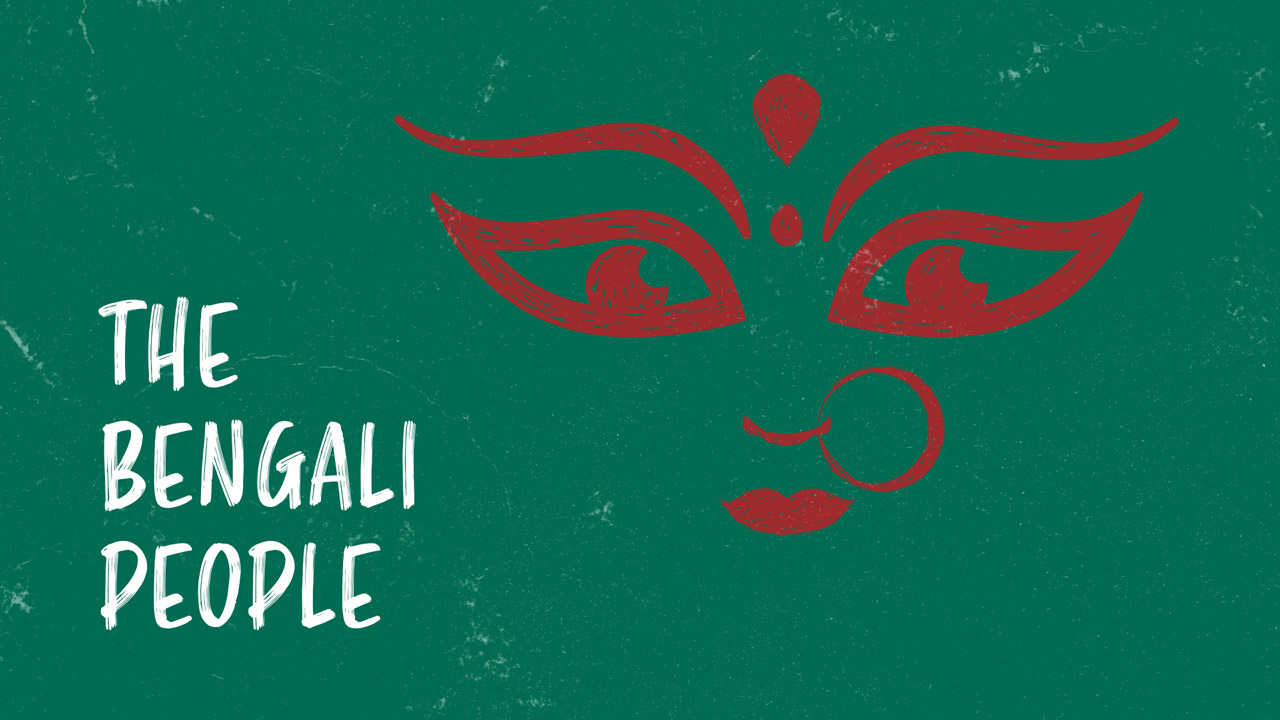
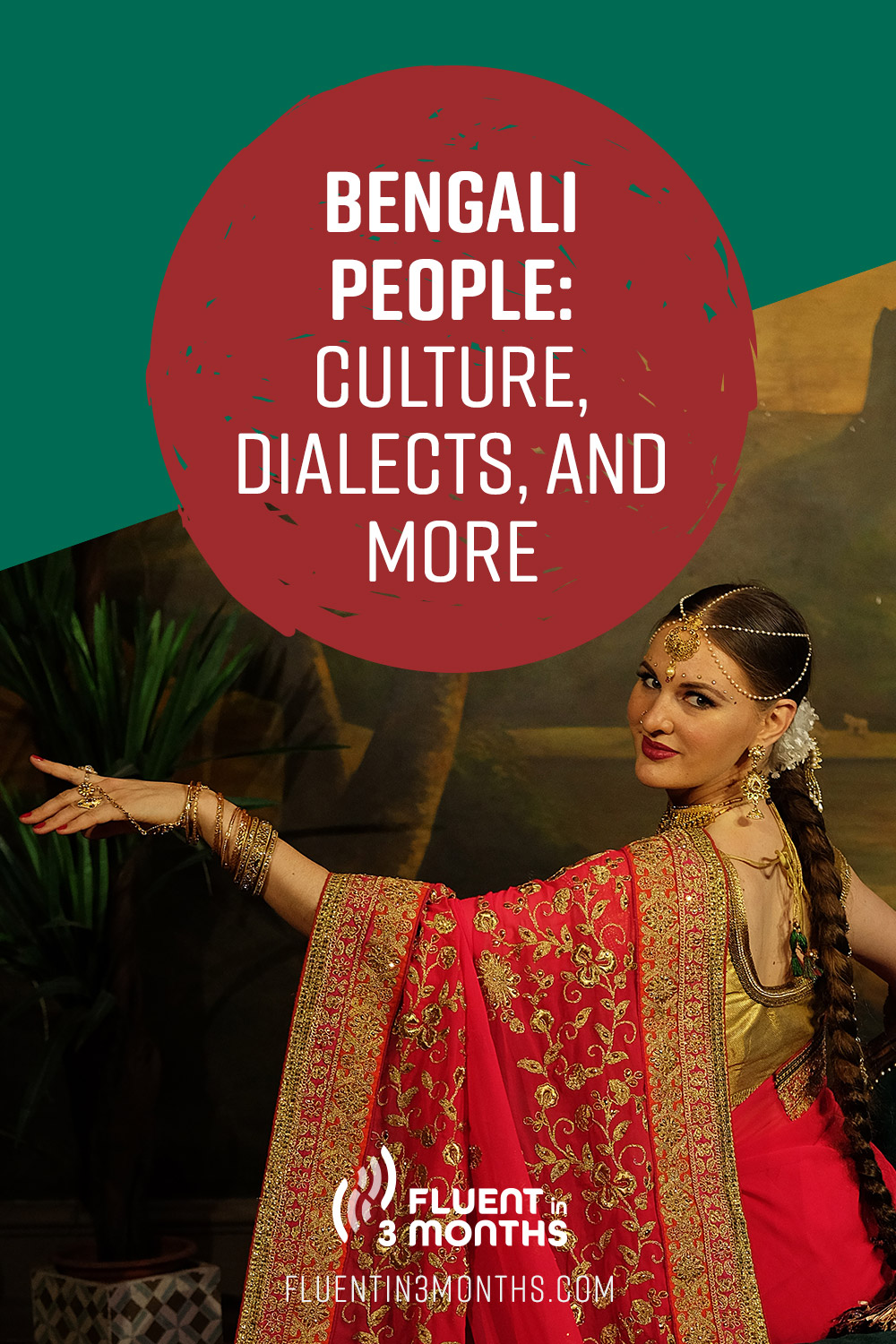

Social